How to draught-proof a chimney — 3 DIY solutions recommended by the experts
Simple, cost-effective DIY options to draught-proof your chimney and save energy this winter

Katie Sims

Traditional chimneys make a lovely architectural feature in the home, but they're not without their downsides. Thanks to the draught that they let in, they can make it much harder to heat a room.
That's where knowing how to draught-proof a chimney comes in, which, fortunately, can be a quick and easy fix. Installing a draught-proofing solution in your chimney will help keep your house warm this winter, making it easier to keep those energy bills to a minimum.
When we asked heating and energy experts how to draught-proof a chimney, they recommended three easy DIY solutions: Chimney Sheep, Balloon, and Chimella. There's an upfront cost involved in each of them, but they'll do wonders for draught-proofing your fireplace and saving energy.
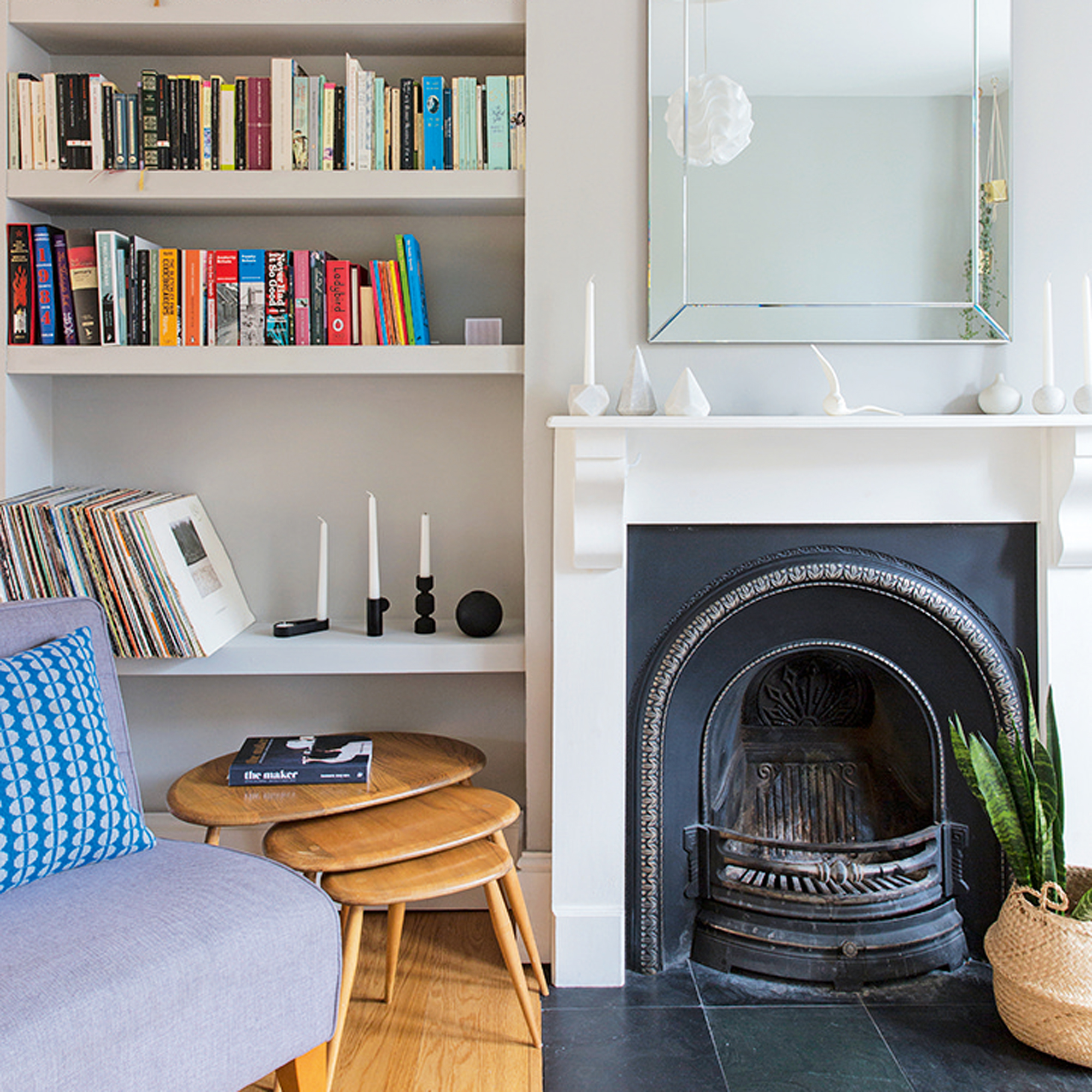
How to draught-proof a chimney - 4 DIY solutions
Just like when draught-proofing a door, you'll need to take some measurements before you begin - guesswork won't do here.
Use a measuring tape to measure the chimney's inside cavity. For a round chimney, you can just take the diameter. For an oblong shape, take the width and depth.
We also recommend laying a dust sheet on the floor, and wearing protective goggles before you begin, in case you disturb any dirt within the chimney flue.
1. Chimney Sheep
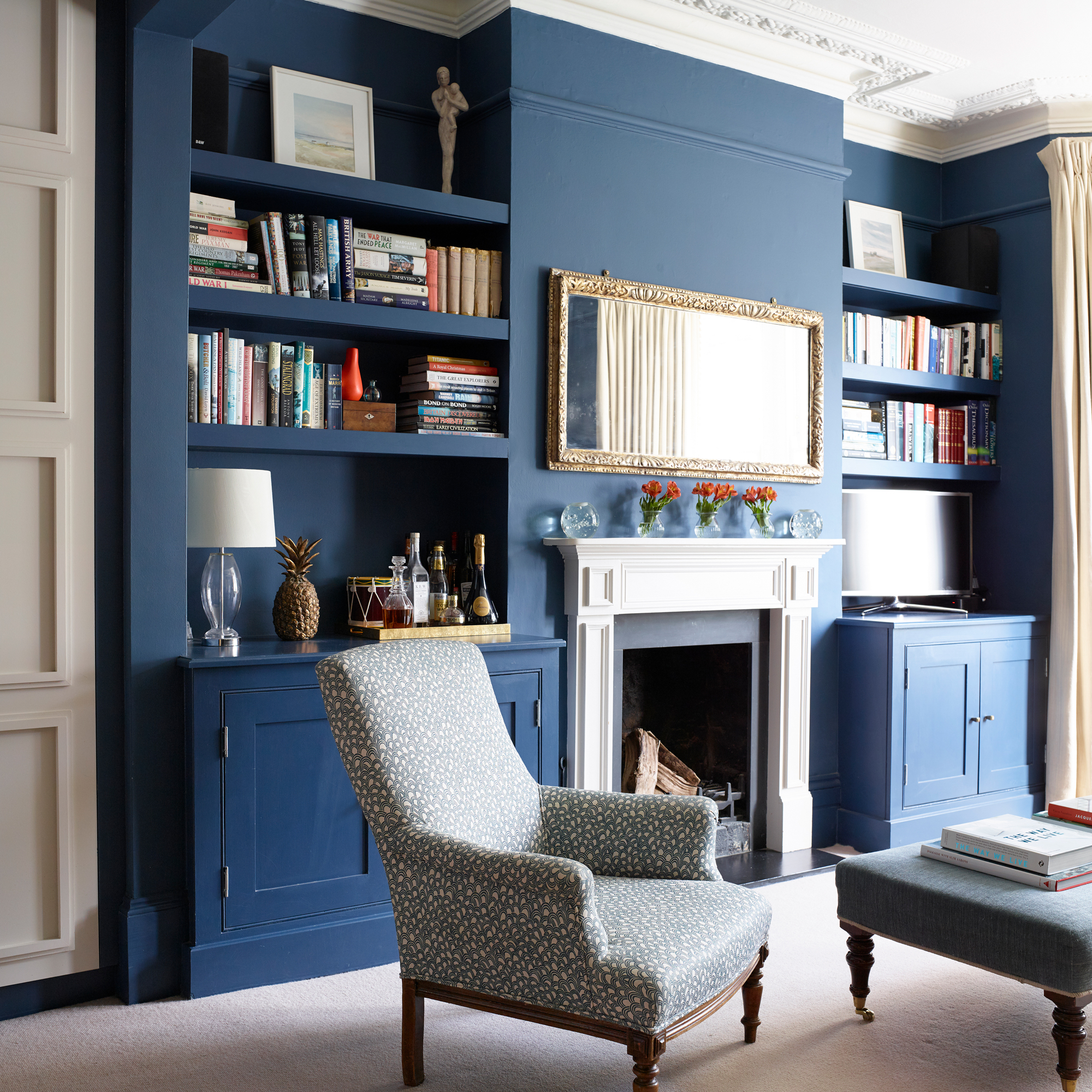
A Chimney Sheep is basically a double layer of felted sheep’s wool insulation (a natural and sustainable product) attached to a plastic handle. They're effective at keeping draughts at bay, and can also help reduce rattling wind noise.
Sign up to our newsletter for style inspiration, real homes, project and garden advice and shopping know-how
Select a model that’s a few inches larger than the chimney flue, to help it grip in place once installed. The wool head is malleable, so it forms to the shape of the opening. Simply push the head up into the flue, give a gentle tug down on the handle to ensure a good fit, and you’re done.
2. Chimney Balloon
'Chimney Balloons, also referred to as chimney draught excluders, are a particularly good option for draught-proofing because they are relatively inexpensive and easy to install and remove,' says Ryan Calvert, product expert at Hiatt Hardware. 'This makes them a great choice for people who want a quick and easy solution that doesn't require any permanent modifications to their fireplace.'
Chimney Balloons also fit into tight spaces, such as through narrow fire surrounds. They're installed by partially inflating a specially designed balloon, using the tube provided, and nestling it into place before pumping up to a firm fit.
You'll just need to check the balloon every three months or so to see if it needs topping up.
3. Chimella
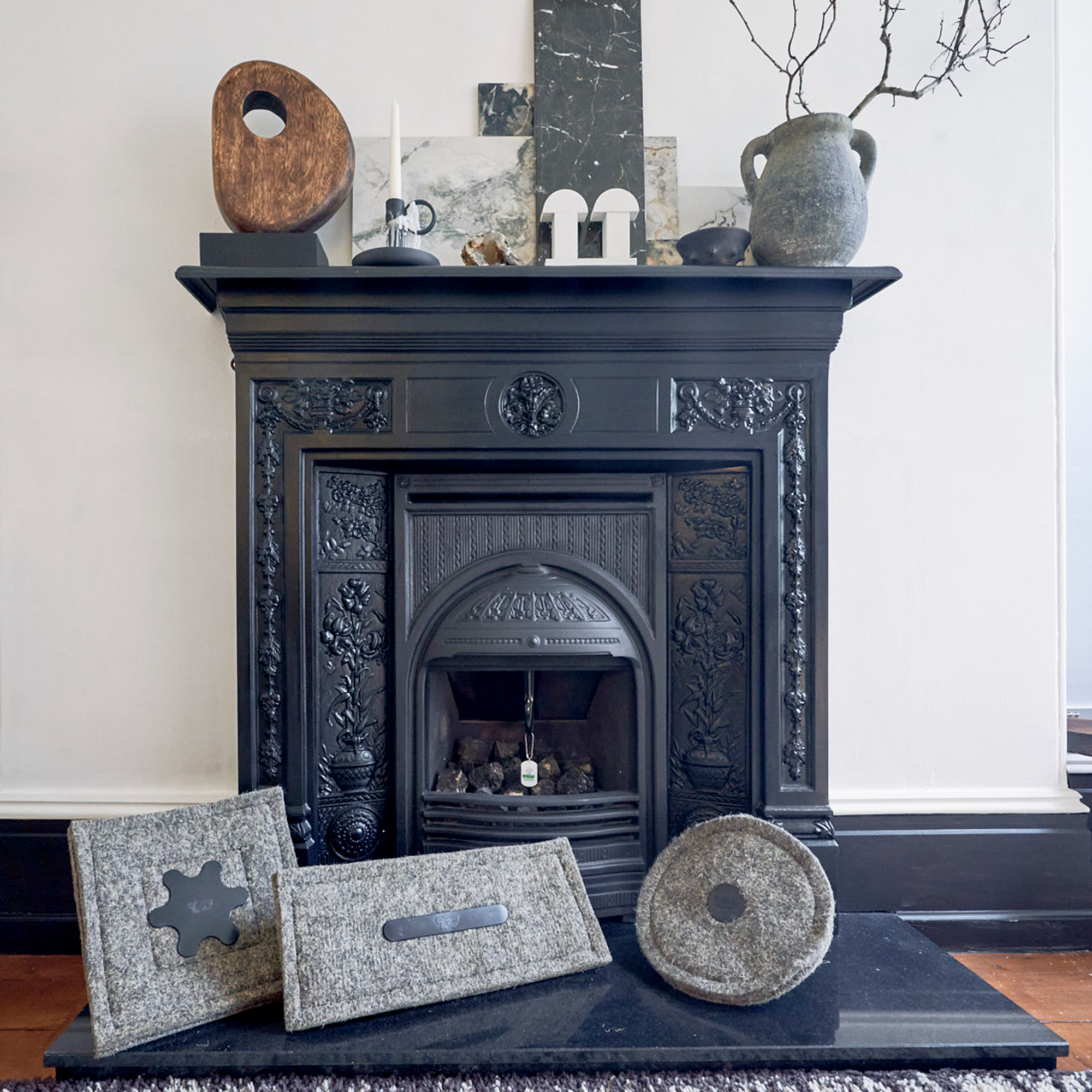
A Chimella looks like an inverted umbrella and will do a good job at blocking draughts from the chimney, but it is the most expensive of the solutions.
All you need to do is hold the Chimella up in your open chimney, press the button and it will deploy. You can then make minor adjustments to ensure the canopy stretches taut across the flue. A benefit of a Chimella is that it won’t move even if a significant amount of debris falls down the chimney - they're super sturdy.
FAQs
Why is there a draught coming from my chimney?
Open chimneys are designed to suck air up and out of the house, drawing a supply of oxygen for the fire below. In turn, replacement fresh air is pulled into the living spaces through trickle vents or gaps in the building fabric (like those around windows and doors).
Known as the stack effect, this siphoning of warm air causes much of the sensation of draughts we feel in our homes.
'An open chimney can act like an open window, allowing cold air to enter your home and warm air to escape,' Ryan from Hiatt Hardware says. 'This can lead to significant heat loss, making your home colder and causing your energy bills to rise. In fact, up to 5% of your home's heat can be lost through an open fireplace.'
That's why knowing how to draught-proof a chimney is so important, because it can save you a lot of money in the long run.
Could draught-proofing my chimney cause damp?
When draught-proofing your chimney, it's important not to form too tight a seal. There still needs to be adequate ventilation, or you'll wind up needing to get rid of damp, condensation and mould. For instance, don't just wrap a pillow in bin bags and ram it up the chimney, because this will completely block the air flow.
The most effective draught-proofing solutions will still allow adequate ventilation, including Chimney Sheep, balloons, and Chimellas. Chimney Sheep are made from naturally breathable wool, and Chimney Balloons leave small gaps in the corners of the chimney so that air can still pass through.
‘Chimella are designed to turn the air around in the chimney. It features tiny gaps so there’s sufficient ventilation and you don’t get any damp,’ explains Simon Wild, managing director of Chimella.
So, by using any of these solutions, you'll be able to draught-proof your chimney without causing damp-related issues.
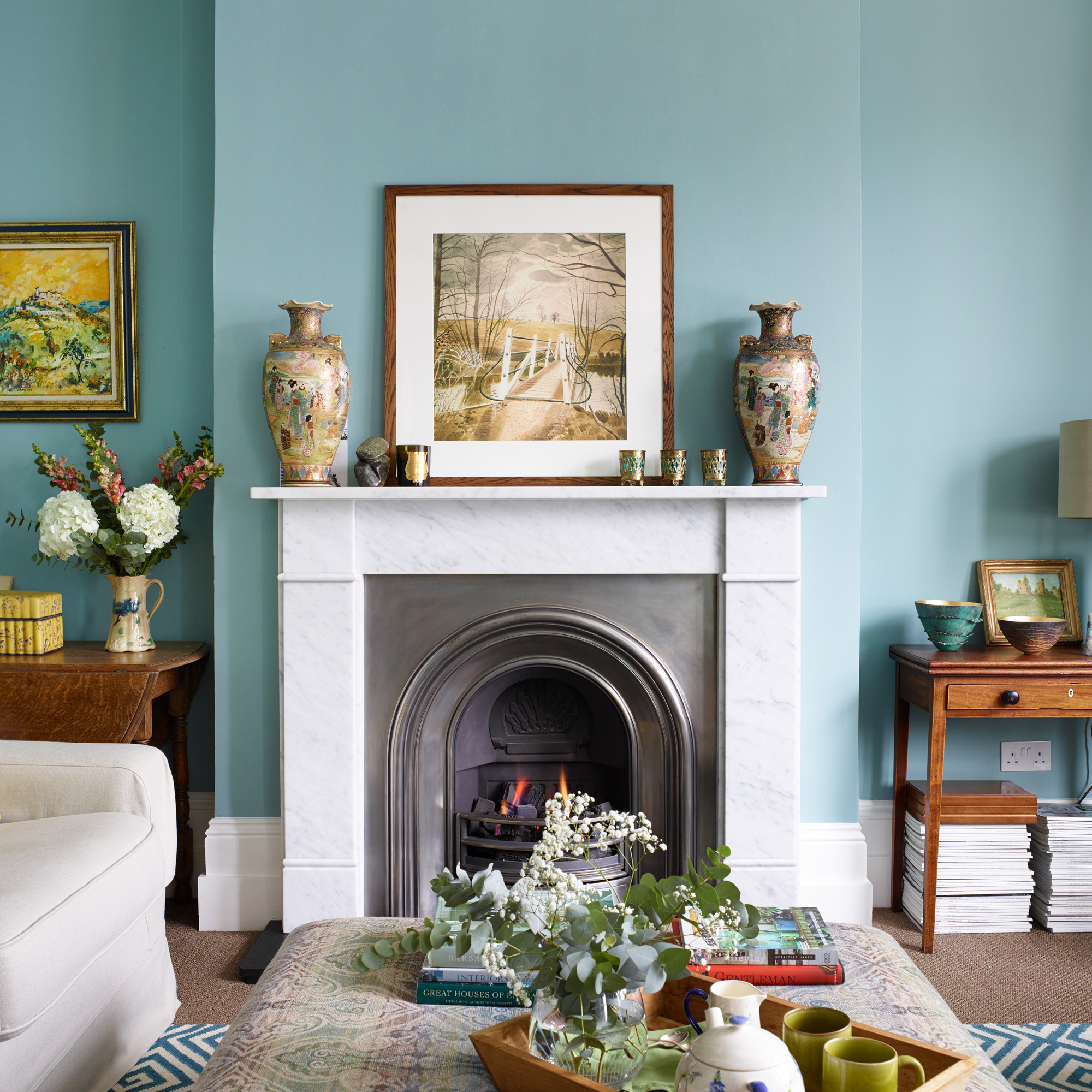
Can I draught proof the chimney if I still use my fireplace?
Yes, you can still draught-proof your chimney if you use your fireplace, but you'll need to remove the draught excluder before you light the fire. Chimney Sheep and Chimella can both be repeatedly reinserted, without much hassle.
‘If you want to use the fireplace, just click the button and take the Chimella out,’ Simon says.
Balloon types are less convenient, as they must be partially deflated in situ before removal.
Note that draught excluders are designed for open chimneys, not stoves with dedicated flues. If you’re feeling a chill from a stove, the seal around the appliance door probably needs replacing.
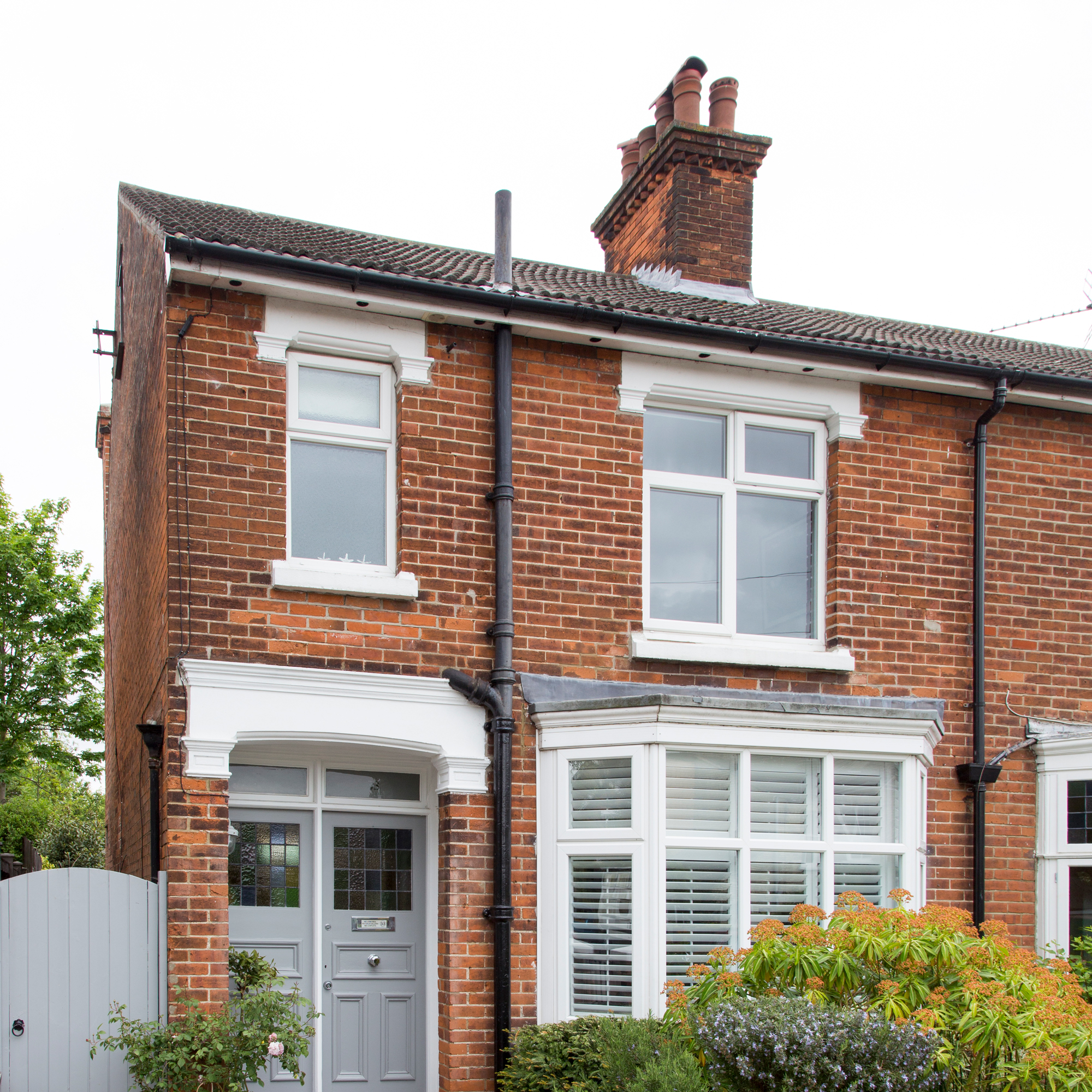
Should I cap my chimney?
Closing off the top of the chimney can significantly reduce draughts, while also preventing dirt, debris and wildlife from entering the cavity. This isn't a DIY solution though, and it's recommended that chimney caps are installed by a professional.
You can buy the product yourself to give to the tradesperson - choose one that allows some ventilation to prevent condensation from forming. Alternatively, if you want to continue using your fireplace, go for a mechanical damper operated by a hearthside handle.

Emily Batesmith is a journalist and senior magazine editor specialising in homes, renovation and self-build. She’s spent more than a decade creating content for the UK’s leading homes titles on a huge variety of topics that help people to realise their dream property. Her writing ranges from practical advice on installing money-saving renewable tech and inspiring interior ideas for the perfect living space, through to in-depth guidance on building systems and products, and easy-to-navigate DIY guides.
- Katie SimsContributor



